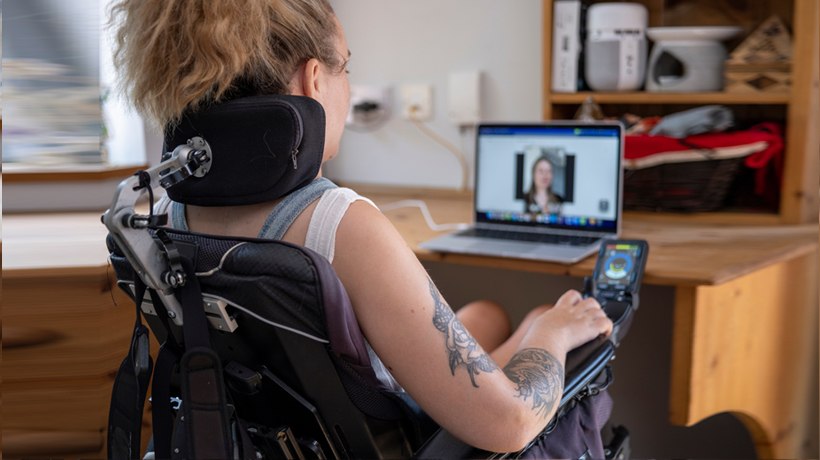What Is WCAG And How Does It Connect To Accessible eLearning?
As eLearning developers, our goal should be to enhance the quality of learning and meet the learning style or needs of as many people as possible. While we often read about learning styles, we most often think in terms of visual, auditory, and kinesthetic/ physical; but there is so much more we are missing.
Courses should be developed to meet the needs of all learners. To do this it must be accessible by people with limitations or disabilities, just as well as those without limitations or disabilities. You work hard on your eLearning content—don’t you want as many people as possible to see and learn from it?
When building accessible eLearning, you want to create an online learning experience that includes as many people as possible regardless of their limitations—whether physical, sensory, or cognitive. According to the United Nations Aging and Disability report, there are “higher disability rates among older persons, as a result of an accumulation of health risks across a lifespan of disease, injury, and chronic illness.”

Types Of Disabilities To Consider
What type of disabilities are we talking about? Here are a few examples:
Visual
- Blindness
- Low vision
- Color blindness
- Glaucoma
- Farsightedness, Nearsightedness, Astigmatism
Hearing
- Deafness
- Hard of hearing
- Hearing loss
Motor
While this references physical impairments, as eLearning developers, we are concerned with dexterity issues affecting the learners’ ability to interact with technology. These issues include a mouse, keyboard, touchpad, or computer screen.
- Loss or damage of limbs
- Arthritis
- Paralysis
- Multiple Sclerosis
- Parkinson’s
- Cerebral Palsy
Cognitive
- Learning difficulties such as Down’s syndrome
- Neurodiverse conditions such as Dyslexia and ADHD
- Mental health problems like Anxiety
Additionally, learners may use assistive technology, such as a screen reader, to interpret content on the screen.
WCAG guidelines are evolving; in earlier versions, the 50 WCAG guidelines were written in a dense, complex, regulatory-type language, with several ways each of the guidelines could be satisfied. In 2008, the guidelines were upgraded to v2.1, which grouped the initial 14 guidelines into four principles, often referred to as POUR: Perceivable, Operable, Understandable, and Robust.
Some Of The Accessibility Requirements Are:
Perceivable
Information must be presented to users in ways they can perceive such as text alternatives for non-text content using items such as large print or symbols.
Operable
Interface components and navigation must be operable such as available functionality from a keyboard, and users are given sufficient time to read and use the content.
Understandable
Information and the operation of the user interface must be understandable. Including making sure the text is readable and understandable, and the learning content appears and operates in a predictable way.
Robust
Content must be robust enough to be interpreted by a wide variety of user agents, including assistive technologies. This includes current and future tools.
More about the Levels: You may have heard of the WCAG guidelines referred to as A, AA, or AAA. WCAG 2.0 further categorized the guidelines into three levels of conformance in order to meet the needs of different groups and different situations:
- A (lowest)
- AA (mid-range)
- AAA (highest)
Level A sets a minimum level of accessibility (primarily for visual and hearing limitations) and does not achieve broad accessibility for many situations. Conformance at higher levels indicates conformance at the lower levels. For example, by conforming to AA, a course meets both the A and AA conformance levels. Level AAA requires more criteria to be satisfied.
If your course meets Level A, the majority of users will be able to use the course. While each additional level makes your course more accessible, it is important to know who your audience is and what their needs are. According to the W3.org Understanding WCAG20 website, “It is not recommended that Level AAA conformance be required as a general policy for entire sites because it is not possible to satisfy all Level AAA Success Criteria for some content.”
Conclusion
Download the eBook Making eLearning Accessible for actionable tips and insights to create truly accessible online training experiences for everyone. It covers everything from WCAG checklists and problem-solving to strategies that you can use for any authoring tool.









